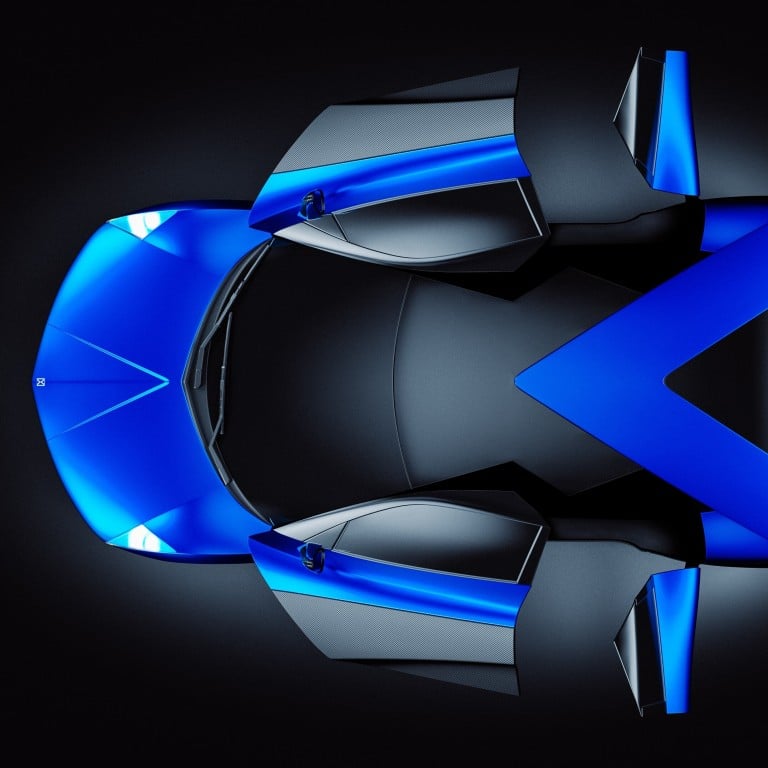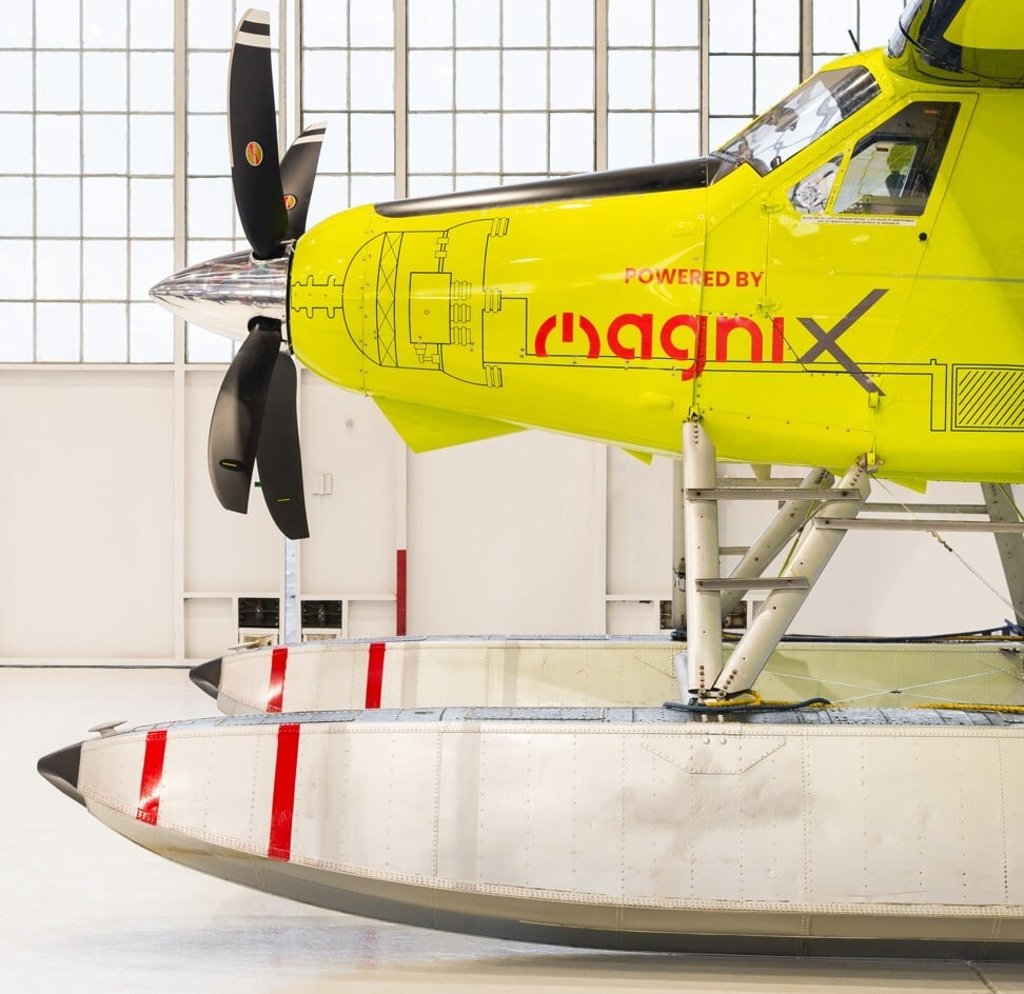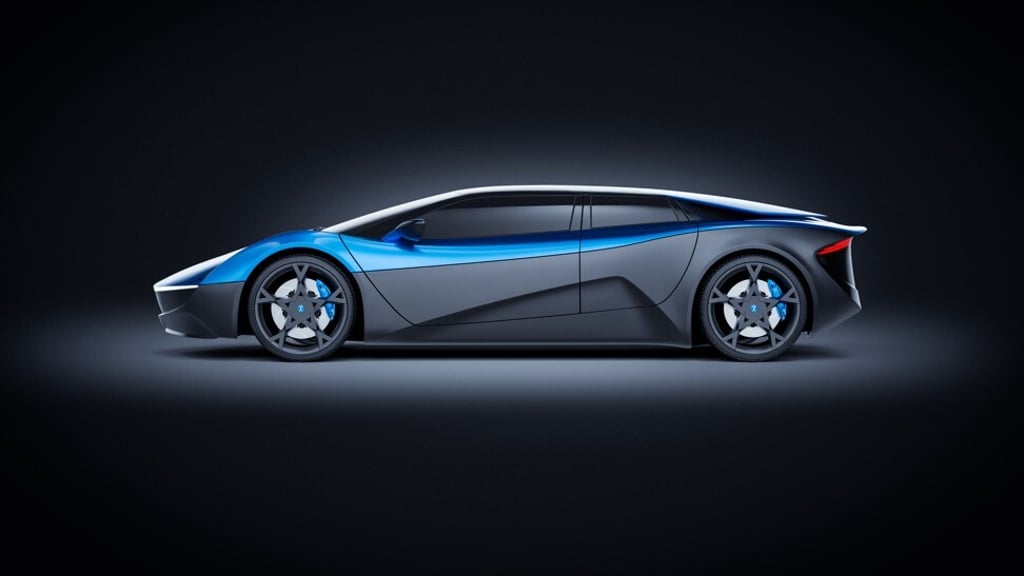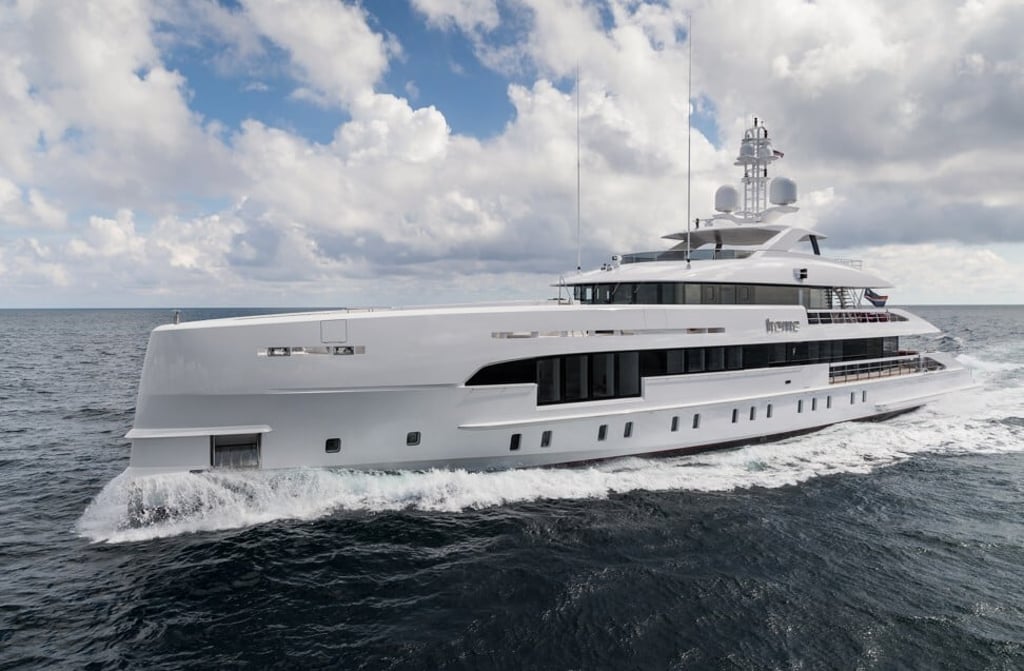Electric cars are being joined by luxury yachts and commercial aircraft – and Tesla isn’t leading the electrification of sports supercars, but small start-ups

If sustainability isn’t the main motivator for electric vehicle makers such as Elextra, Heesen and Magnix – although zero emissions is definitely a plus – then what is?
“The very rich who can afford these kinds of cars are getting younger and younger and they’re less and less interested in old technology,” says Robert Palm. “They might even see it as a negative thing to be seen to be driving, say, a conventional-engine Lamborghini. That’s one reason why even if these new engines had been around 20 years ago they wouldn’t have sold – the market for them wasn’t there.”

“The fact is that you can’t, for instance, just keep putting more and more turbos on a conventional engine to improve its performance. There are limits to the old technology,” explains Donna Falconer, senior manager of global product strategy for McLaren. It is, after all, now an electric supercar that holds the world record for acceleration. How so? There’s no momentary power lag caused by the step changes between gears used with conventional engines – just one long, smooth, eye-watering forward movement.
Performance is certainly a driver in the expected uptake of electric engines across different modes of transport. Back in 2017, the Dutch yacht builder Heesen launched the first yacht with a hybrid engine, part regular diesel, part diesel electric. Unusually, it had no buyer and was built on spec as a demonstration of what’s possible. This April, the company delivered its second hybrid engine yacht to its new owner.

“We see the move as a statement of faith in the technology and as a big gamble – a really big gamble,” explains Mark Cavendish, Heesen’s sales and marketing director. “We predict there will be a demand for this kind of product for its eco credentials, but also for more direct advantages to the owner, the likes of low noise and vibrations but also of better fuel economy.”
Heesen’s hybrid engines require 45,000 litres of fuel to give a range of 6,480km (3,500 nautical miles); the same range from a conventional engine would require 60,000 litres. This benefit is not just a product of the sophisticated engine: the new craft are built in lightweight aluminium, have more efficient fast displacement hulls and “hull vane” technology, too.

“And using a hybrid system also means the transfer of any noise to living areas on the yacht is extremely low – you can practically run dead silent,” says Cavendish. “That said, the market take-up has been less enthusiastic than we thought it would be, perhaps just because the yacht industry is very conservative and sees hybrid engines as complicated, even though this is proven technology.”